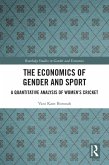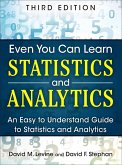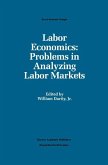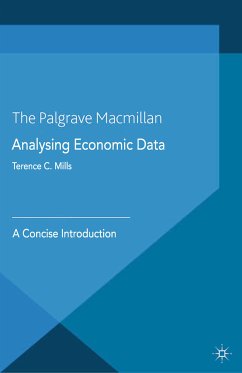

Ähnliche Artikel

23,95 €
Sofort per Download lieferbar
eBook, PDF
28. April 2017
Pearson ITP


29,99 €**
22,99 €
**Preis der gedruckten Ausgabe (Broschiertes Buch)
Sofort per Download lieferbar


14,95 €
Sofort per Download lieferbar

eBook, PDF
6. August 2020
Taylor & Francis eBooks

eBook, PDF
28. Juni 2014
Elsevier Science & Techn.

eBook, PDF
6. Dezember 2012
Springer Netherlands


Ähnlichkeitssuche: Fact®Finder von OMIKRON
